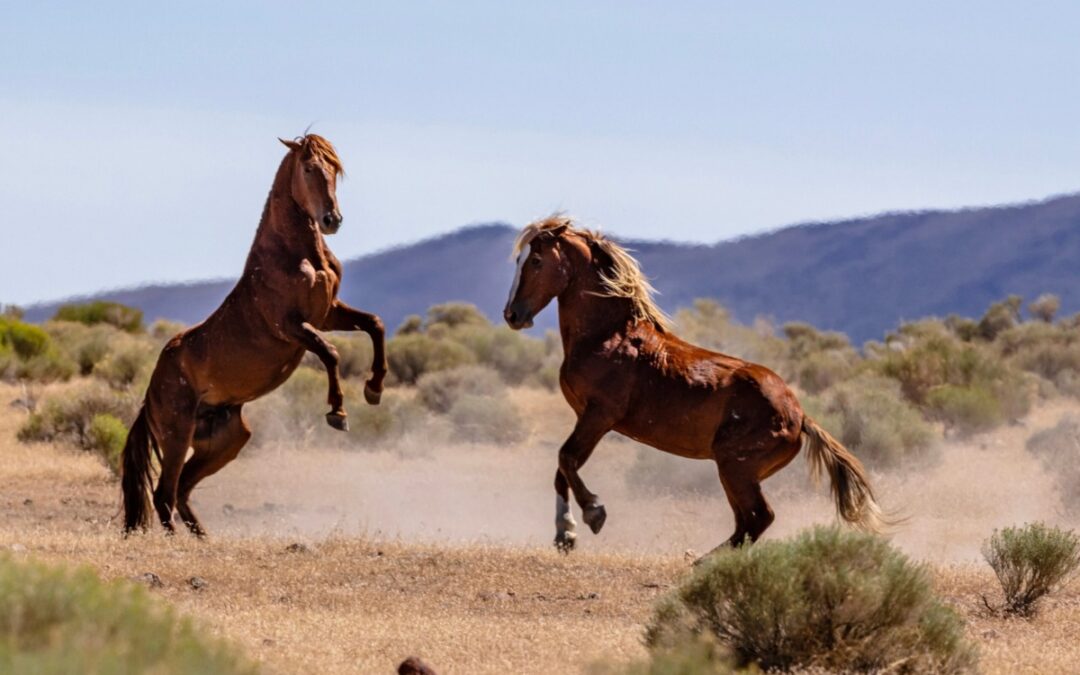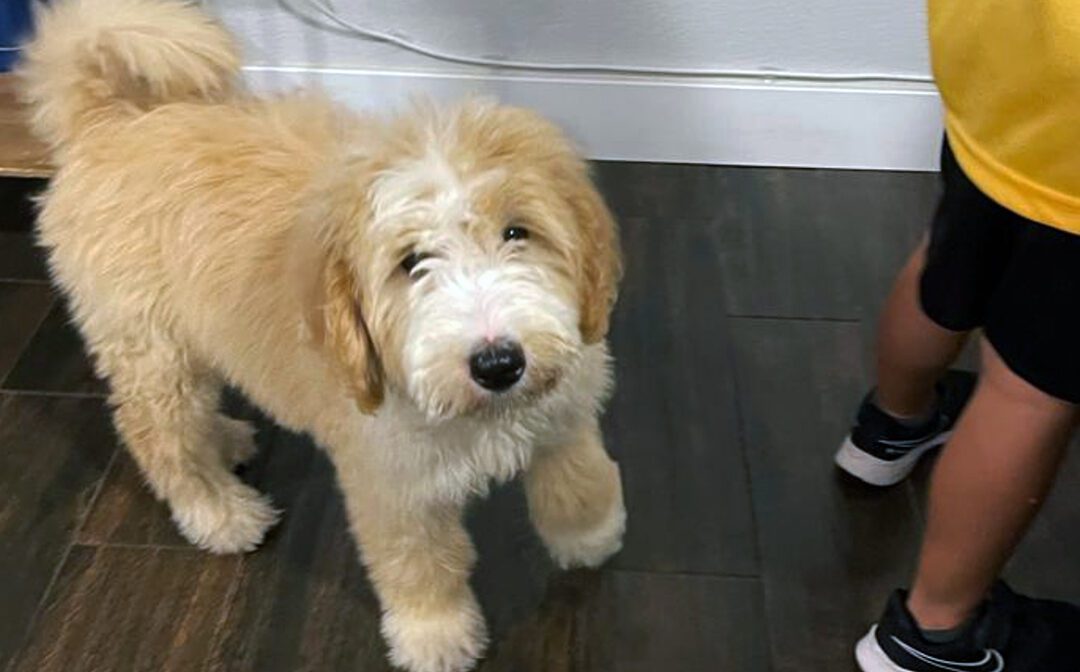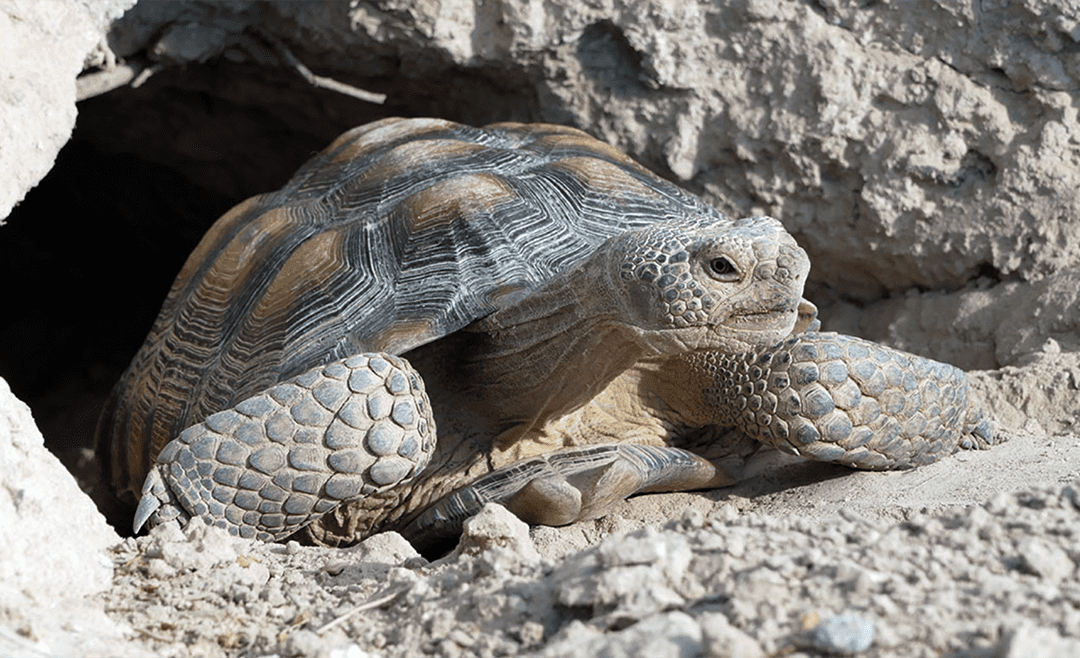
Here's how you can keep your cats and dogs cool all summer long. (Denis Moskvinov/Shutterstock)
Don’t let the desert heat catch you off guard. Follow these 11 practical tips for keeping pets healthy and cool all summer.
Nevada summers like it hot, hot, hot! The heat usually peaks in July, with average temperatures soaring over 100°F in places like Las Vegas (106°F) and Death Valley (117°F). In Elko and Carson City, it’s a bit cooler, with averages around 90°F. But don’t let the high temps stop you from enjoying the sunshine and spending time outdoors. If you plan to be outside with your pet, here are some tips to help keep them happy and healthy during the hot summer months.
1. Adjust walking and exercise schedules
During the summer, temperatures start rising by late morning and usually peak around 3 p.m. Instead of skipping your daily walk, hike, run, or other exercise with your pet, take advantage of the earlier sunrise and head out in the morning. That way, you can still get your activity in without walking in the dark or risking the midday heat. If you’re not a morning person, evening walks are another good option; just be cautious, as pavement can retain heat from the day.
Remember to take plenty of breaks and watch for signs of overheating in your pet during exercise.
2. Check surface temperatures
Before heading out for a walk, check the temperature of the surface your pet will be walking on. Their paw pads are sensitive to heat and can burn if exposed to hot pavement or asphalt for prolonged periods. A good rule of thumb: If you can’t hold your hand or bare foot on the surface for seven seconds, it’s too hot for your pet.
Also, if the temperature is over 85°F, especially if the ground hasn’t had time to cool down, it’s best to wait. Stick to grassy areas whenever possible, and make sure you always have access to shade and fresh water.
3. Never leave a pet alone in a vehicle
Never leave your pet alone in a vehicle, ever. Cracking the windows or running the AC isn’t enough. The inside of a car can quickly reach over 120°F, which can be deadly for pets. Even if the AC is on, it could fail or your pet could accidentally turn it off, putting them at serious risk.
If you see a pet alone in an unattended vehicle, check if the car is unlocked. If it is, enter to help the pet. If not, call 911 immediately.
4. Understand heat stroke symptoms
It’s important to recognize the signs of heatstroke in pets so you can help right away. Symptoms may include red gums and tongue, heavy or rapid panting, a fast pulse, vomiting, diarrhea, extreme thirst, glazed eyes, weakness, collapse, or a body temperature over 103°F.
If your pet shows any of these signs, try to stay calm. Move them to a cool, shaded spot and gently place a cool (not cold) towel on their belly, ears, paws, and neck. Call your veterinarian for guidance as soon as possible. Avoid using cold water, which can cause your pet’s body to go into shock from the temperature difference. Also, be sure to stay with them, don’t leave them alone, and avoid trying to force them to drink.
5. Always provide your pet with enough water
Just like us, pets can become dehydrated, especially in the summer heat. That’s why it’s important to always have fresh water available for your pet, whether you’re at home or on the go. It’s especially crucial during walks or hikes. Consider investing in a portable water bowl so you can take water breaks together, ideally in the shade when possible.
Dehydration happens when your pet loses more fluids than they’re taking in. This can happen through panting, vomiting, urination, and other everyday ways, especially in the heat. Some common signs to watch for include dry gums, a dry nose, sticky saliva, sunken eyes, low energy, loss of appetite, and heavy panting (in dogs). If you notice any of these signs, offer your pet a small amount of water and give your vet a call.
To help prevent dehydration, make sure your pet always has access to clean, fresh water, and take frequent water breaks during outdoor activities.
6. Keep unscreened windows and doors closed
It’s important to keep unscreened windows and doors closed, as they can pose a serious risk to pets. Curious animals, especially dogs, may try to explore and could fall out or slip outside without you noticing. If it’s hot out, they could quickly become overheated or get stuck in an unsafe situation.
If your windows or doors are properly screened, it’s generally safe to keep them open. In fact, letting in some fresh air during the cooler parts of the day can be a great way to keep your home comfortable.
7. Never shave your pet
It can be helpful to give your dog a trim during the summer, but never shave them! Believe it or not, a dog’s coat actually protects them from both overheating and sunburn. If you have a cat, regular brushing can help keep them cool by reducing excess fur.
Pets with short or white fur and pink skin, especially around the ears, are more prone to sunburn. To protect them, apply a dog-safe sunscreen to sensitive areas like the nose, ears, and belly, and try to keep them out of direct sun during the hottest parts of the day. When in doubt, ask your vet for guidance on choosing a pet-friendly sunscreen.
8. Be cautious around water
Spending time at the lake is a great way to beat the Nevada heat. Most dogs love the water and are natural swimmers, but if it’s your dog’s first time, it’s important to take it slow. Never throw your dog into the water. Instead, start in shallow areas and gently encourage them to follow you in. If you’re heading out on a boat, make sure your dog wears a flotation device for safety. And if swimming is new to them, keep a close eye, as using unfamiliar muscles can tire them out quickly.
For a safer way to enjoy water at home, try setting up a sprinkler or filling a shallow kiddie pool for your pup to splash around in. Just remember that even when they’re playing in water, the heat can still be a risk. Keep water play to the cooler parts of the day, and always supervise your dog while they’re outside.
9. Bring the fun inside
Less time outside doesn’t have to mean less fun! There are plenty of ways to keep your pet cool, happy, and entertained while staying indoors. One easy way to help your pup beat the heat is by making homemade “pup-sicles” with dog-safe ingredients like plain yogurt, fruit, or peanut butter. You can also freeze low-sodium broth or chunks of watermelon for a cooling treat.
To keep your pet mentally stimulated, try some indoor games and enrichment activities. Scatter feeding turns meals into a fun scavenger hunt by spreading your pet’s food around the room. Play hide-and-seek with your dog, just hide and call their name, then let them come find you! For cats, build a little ‘cardboard city’ out of old boxes to climb and explore.
With a little creativity, bringing the fun indoors opens up all kinds of fun possibilities.
10. Check your plants
Spending more time in the garden often means using more herbicides and insecticides during the summer. It’s important to exercise caution with these products, as some ingredients can be harmful to pets. When applying anything to your yard, a good way to keep your pet safe is by blocking off the treated area with a small fence or barrier until it’s safe for them to return.
Summer also means more plants around, so it’s a good idea to get familiar with what’s growing in your yard. Some plants can be toxic to pets, and even ones that aren’t can still cause stomach issues if they’re chewed on. It’s always best to keep an eye on your pet when they’re outside exploring.
11. Schedule routine check-ups
Last but definitely not least, don’t skip those routine checkups. It’s a good idea to start the summer with a vet visit to make sure your pet is up to date on vaccines and preventative meds, especially for fleas, ticks, and heartworm. With all the bugs that come out in the summer, it’s easier for pets to pick up something. Getting ahead of it with a quick checkup gives you peace of mind and helps keep your pet protected all summer long.
This article first appeared on Good Info News Wire and is republished here under a Creative Commons license.
Related: 5 Surprising Exotic Pets That Are Legal in Nevada

Bureau of Land Management prepares for major wild horse gather in Nevada
The Bureau of Land Management will begin a wild horse gather in Nevada's Triple B Complex on Nov. 1, 2024, aiming to manage the herd size and...

Go Batty: October is Bat Appreciation Month
While Halloween is undoubtedly the biggest jewel in October’s crown, there’s another reason to celebrate it: October is Bat Appreciation Month....

Exige Las Vegas el uso de microchips en mascotas; multas y cárcel para infractores
A partir del 1 de agosto, todos los perros y gatos de cuatro meses o más dentro de los límites del Ayuntamiento de Las Vegas deben tener un...

These 8 endangered animals in Nevada need your help
Learn more about eight endangered animals in Nevada and how you can save them from going extinct. Nevada is largely desert, but it is also quite...

Dog-friendly hotels in Las Vegas, Baker, Tonopah, Ely, and Baker
When it comes to traveling for some of us, our dogs are like our American Express — we can’t leave home without them. Fortunately, when we hit the...

Mojave Max salió de su madriguera en el Springs Preserve
La aparición de la tortuga del desierto local marca el comienzo de la primavera. Mojave Max, la famosa tortuga del desierto que “anuncia” la llegada...





